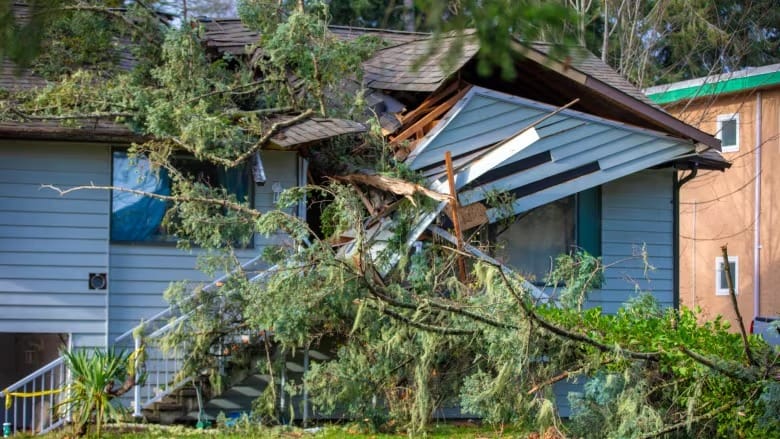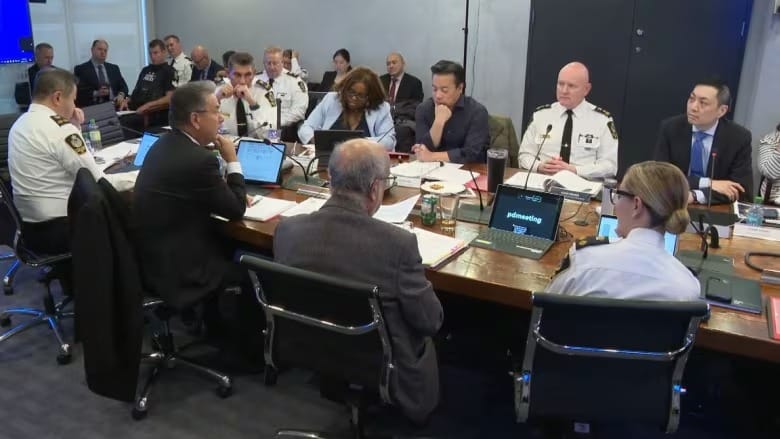Annual drill urges British Columbians to prepare for earthquakes
The ShakeOut drill occurs at 10:17 a.m. on Thursday, with experts saying advance preparation is key

Emergency planners are urging residents of British Columbia to prepare for significant earthquakes in the province, which includes practicing their response in the event of such a natural disaster.
This initiative is behind the annual ShakeOut drill, which takes place on Thursday, Oct. 17, at 10:17 a.m. local time. The drill is conducted in schools, workplaces, and homes around the world.
The goal is to equip residents for large earthquakes, especially in seismically active regions like the West Coast of North America. In B.C., the drill follows a series of tremors felt in Metro Vancouver and northern B.C. less than two weeks prior.
John Cassidy, an earthquake seismologist with Natural Resources Canada, emphasized the importance of early preparedness, which includes having an emergency kit and recognizing potential hazards such as hanging lights or artwork.
"It's a fine line. You don't want to scare people ... but you do want to remind people that very large earthquakes have happened here in the past and will again in the future," he told CBC News. "Tectonic plates are still moving, as they have for millions of years."
In late August, the federal government announced the activation of an early earthquake detection system in B.C., designed to provide the public with a few seconds of warning when a damaging tremor is detected.
Alerts will be automatically sent to British Columbians through cellphones, radios, and televisions seconds to tens of seconds before strong shaking occurs, allowing individuals time to "drop, cover, and hold on."
Cassidy explained that the system is activated when significant earthquakes could be felt in an area, and it was already utilized in mid-September to notify residents of a magnitude 6.4 earthquake south of Haida Gwaii.
Since most earthquakes occur at a distance, Cassidy noted that the alert could provide officials with enough time to implement safety measures, such as preventing vehicles from entering tunnels or on bridges or halting planes from landing.
He added that this system has been effective in Japan, where trains and vehicles have been stopped due to earthquake alerts.
A spokesperson for the B.C. Ministry of Transportation stated that officials regularly practice earthquake scenarios and retrofit bridges and highways to ensure they are seismically safe.
Advance Preparation is Key: Emergency Planner
Gillian Wong, an emergency management specialist with the Vancouver Emergency Management Agency, stated that communities that are well-connected and prepared for emergencies tend to recover more quickly.
"We often think about emergency preparedness as having the right supplies and even a plan, which can feel daunting to some people," she said. "But part of being emergency prepared is also getting connected with your neighbors and building a community."
As part of emergency planning, Wong advised individuals to have two emergency contacts—one inside the province and one outside.
"What we've seen is that when things become chaotic during a disaster, our communication systems get overloaded," she noted. "So we encourage people to have that out-of-province contact."
In addition to recognizing potential hazards in their homes, Wong suggested that people assemble an emergency kit containing essential documents, medications, water, and non-perishable food.





